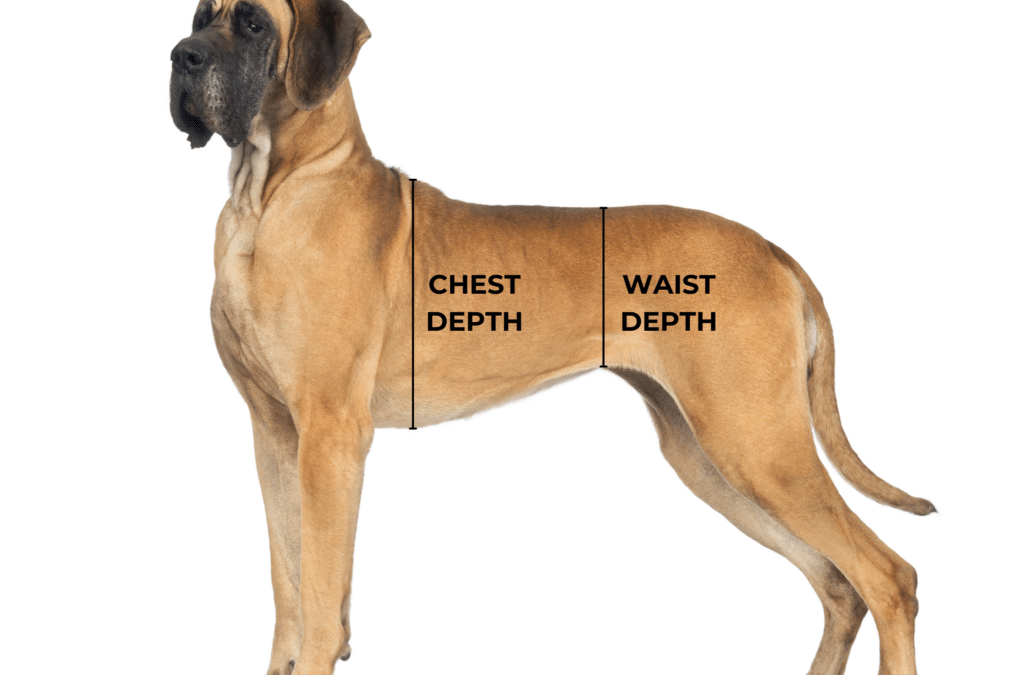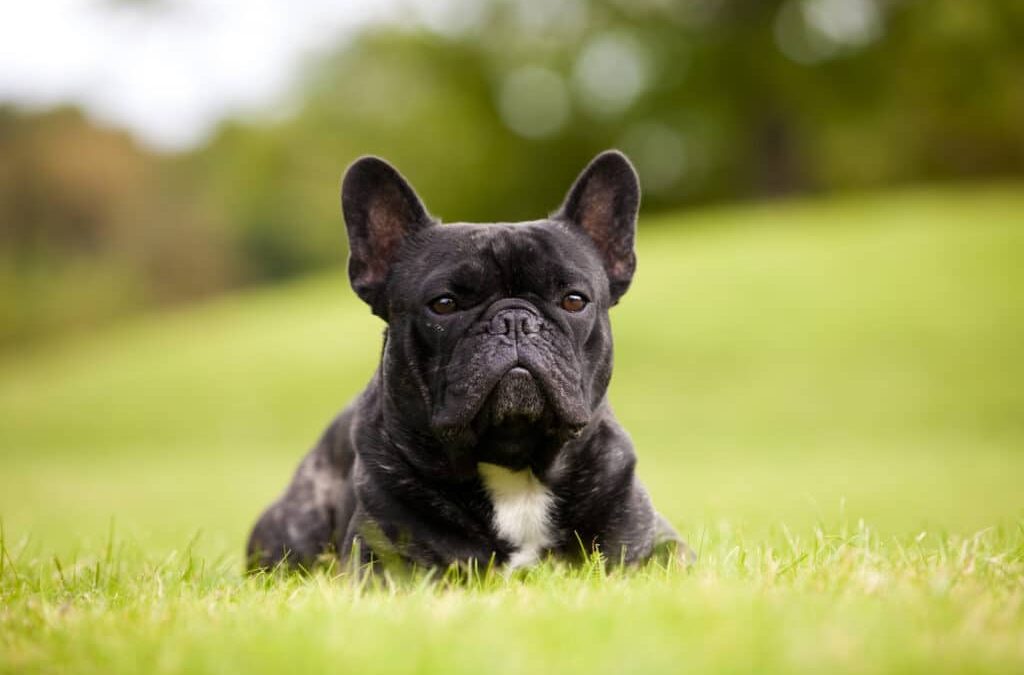5 Tips for a Healthier Dog Smile!
Dr. Ernie Ward, DVMDog Checkups & Preventive Care
Dogs have 42 smile generators. Keeping those 42 teeth strong, healthy, and happy is essential to preventing illness, pain, and may extend longevity. Each February, U.S. veterinarians celebrate National Pet Dental Health Month to raise awareness about the dangers of oral diseases such as gingivitis, tooth abscesses, and mouth tumors. While I’ll be the first to admit it’s not a thrilling party theme, it is an incredibly important topic that directly affects every dog’s quality of life. To get this party started, I’d like to share five of my top tips for a healthier dog smile!
1. Daily brushing
The foundation of a good oral care regimen for your dog is daily brushing. It can seem like a lot to brush your pet’s teeth daily, but it’s my professional obligation to remind you why it’s important. Daily brushing removes the biofilm and plaque created by mouth bacteria and helps avoid most oral diseases. That’s why we spend two to three minutes twice a day brushing our own pearly whites; we fear the dentist’s drill and the threat of root canals (well, at least I do). Once you train your pooch to sit still for a couple of minutes while you clean his teeth, you’ll discover how fast and easy it is. Here are my 7 simple steps to teaching your dog to tolerate the toothbrush:
- Start by touching and rubbing the face, lips and muzzle. Do this for a few days prior to moving to the next step.
- Next, rub the teeth and gums with your fingers for a few days.
- Begin rubbing and brushing your pet’s face and lips with a veterinarian-approved toothbrush.
- Let your pet “taste test” pet-safe toothpaste on the toothbrush.
- Gently brush the front teeth by lifting the lips.
- Slowly work your way to the back teeth over several sessions. Concentrate on the outside of the teeth.
- Make it fun! Reward your pet with praise and a crunchy veggie treat after each session.
2. Beyond the brush
No matter what, some pet parents simply can’t brush their dog’s teeth. If you fall into that category, think beyond the brush. Daily oral swishes and rinses, chew treats containing anti-plaque ingredients, and specialized teeth-cleaning diets are easy options. Be honest with your veterinarian if you struggle to clean your dog’s teeth; ask for alternatives to tooth brushing. I almost always find another technique the pet parent can use. Are these substitutes as good as brushing? Of course not. But they’re infinitely better than no oral care, and some work nearly as well.
3. Monthly mouth check
In addition to daily oral care, mark your calendar for a monthly peek inside your pet’s mouth. Look for reddened or puffy gums, cracked or broken teeth, and unusual color changes, growths or swellings. Any bleeding, pus, or discharges from teeth and gums should be reported to your veterinarian immediately. While you’re checking the teeth, be sure to feel the throat for swollen lymph nodes, the eyes for cloudiness or changes in coloration, and the tummy for tenderness or masses. Identifying subtle changes early can help prevent significant diseases later.
4. Yearly vet check
No discussion of oral health would be complete without mentioning the importance of annual veterinary checkups. Your veterinarian will carefully examine your pet’s oral cavity for any problems difficult to notice at home. Oral health may impact your dog’s entire body: infection in the mouth is reported to cause infection in the heart, kidneys, and elsewhere. A complete annual exam with basic bloodwork and complete urinalysis for adult dogs is what I recommend. The exam should be every 6 to 12 months for older canines as this can help with early disease diagnosis and optimize outcomes.
5. Veterinary dental cleaning
There’s no substitute for regular dental cleanings by your veterinarian. Every one to three years, your pet will likely need to have his teeth professionally cleaned. In addition to producing a sparkling smile, the most important work occurs out of sight, beneath your dog’s gum line. Your veterinarian will carefully clean every tooth surface and remove plaque and tartar from hard-to-reach recesses below the gums and between teeth. Unchecked and uncleaned, pathogenic bacteria will eventually cause significant gum recession, resulting in oral pain and tooth loss. Tooth abscesses have been linked to heart valve infections and other serious medical conditions. The next time your veterinarian recommends a dental cleaning, remember the procedure is much more than cleaning teeth; it’s about preventing disease.
There are many, many reasons to keep your dog’s smile healthy. Good health begins in the mouth. A healthy smile suggests a healthy pet. Try these five tips and ask your veterinarian for five more. Together we can help our pets live the longest, highest quality of life possible. Keep brushing and keep smiling!
If you have any questions or concerns, you should always visit or call your veterinarian — they are your best resource to ensure the health and well-being of your pets.



